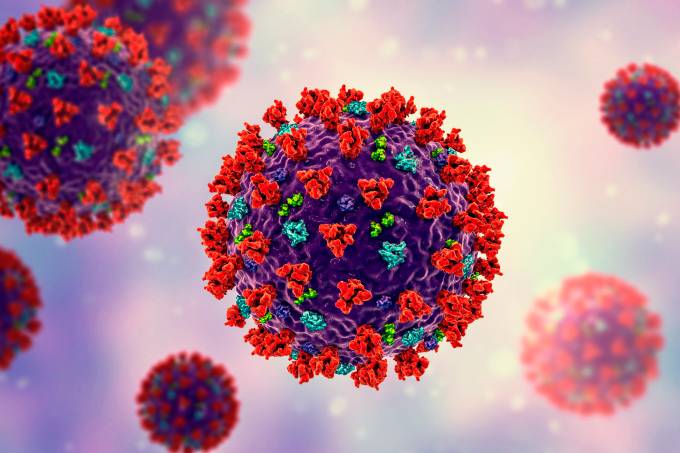Protocol Detail


POISONING & OVERDOSE – GENERAL PRINCIPLES
The general principles of management of drug poisoning are summarized.
Diagnosis
Common presentation both deliberately & accidentally.
Presentations often associated with alcohol consumption.
Multiple drugs often involved.
Beware that histories may be unreliable; however obtain as much detail as you can:
· Drug(s) consumed, route, dose, number & time of ingestion,
· Establish reason & intent of poisoning
· Letters written
· Mode of presentation- found, phoned for help etc
· Look for symptoms of toxicity
Full examination essential to confer with history, establish pharmaceutical effects or find other causes of illnesses.
Some drugs have a very characteristic smell- acetone (with isopropyl alcohol, chloroform & acetone!)Ammonia (Valproate), Almonds (Cyanide), Eggs (Disulphuram, Hydrogen Sulphate) & Garlic (Arsenic).
Information gained from pulse, BP, pupils etc are essential in diagnosis.
“Overdose Syndromes”:
Hyperthemia: Cocaine, Neuroleptics,Salycilates, Tricyclics, Serotonin Uptake Inhibitors
Hypothermia: CNS depressants
Cholinergic: DUMBELS- Defecation, Urination, Meiosis, Bradycardia, Emesis, Lacrimation.
Anticholinergic: Dry mouth & skin, Urinary retention, mydriasis, tachycardia, hyperthemia, delirium. Drug examples include benztropine, hyoscine, antihistamines, tricyclics
Sympathetic: Hypertension, tachycardia, sweating, excitation, tremor, convulsions. Drug examples include cocaine, amphetamines, theophylline
Serotonin Syndrome: Fever, sweating, tachycardia, hypertension, mydriasis, confusion, agitation, ataxia, hypertonia
Opiate: Decreased LOC, meiosis, hypoventilation, hypotension
Management
1. ABC’s & Resuscitation as indicated,
2. As indicated FBC, U&E’s, LFT’s, Urinalysis,
3. Drug levels (Alcohol, CO, Paracetamol, Dogoxin, Iron, Lithium) as indicated,
4. Consider HCG, ABG’s, CXR,
5. Many don’t require any treatment apart from symptomatic support.
Decrease drug absorption:
1. Emesis with Ipecacuanha syrup & gastric lavage are generally not useful,
2. Activated charcoal 50-100 g only if there is no potential for loss of consciousness or airway protection. Best used in the first hour & with the following drugs: Amphetamines, Opiates, Aspirin, Paracetamol, Barbiturates, Digoxin 7 Benzodiazepines. Poorly absorbs Iron, Lithium, Cyanide, Caustics, Methanol, Ethanol, Malathion & Etheylene glycol.
Enhancing elimination:
1. Maintain adequate hydration,
2. Haemodyalisis for drug induced renal failure or toxic drugs with long half-lifes: Etheylene glycol, Salicylates, Lithium or Methanol,
3. Urinary pH manipulation for enhancing elimination of salycilates, phenobarbitone.
Drug manipulation or antidotes:
1. Opiates:
· Naloxone
· Beware the half life of most opiates is greater than that of Naloxone (Methadone T1/2=15-20 hours!).
· Be ready for acute opiate withdrawal reaction (“Cold Turkey”).
· Will therefore require period of observation following recovery.
2. Paracetamol: N-Acetylcysteine (see Paracetamol overdose),
3. Dogoxin: F-antibodies for severe poisoning,
4. Iron; Desferrioxamine IV 15 mg/kg/hr,
5. Benzodiazepines: Flumazenil but beware might precipitate seizures in OD & its half life is much shorter than most benzodiazepines,
Beta-blockers: Glucagon.









